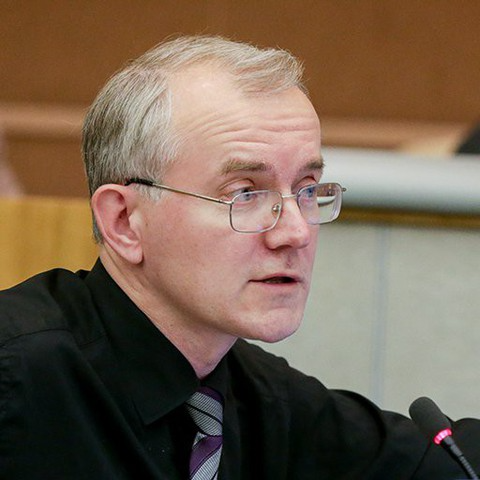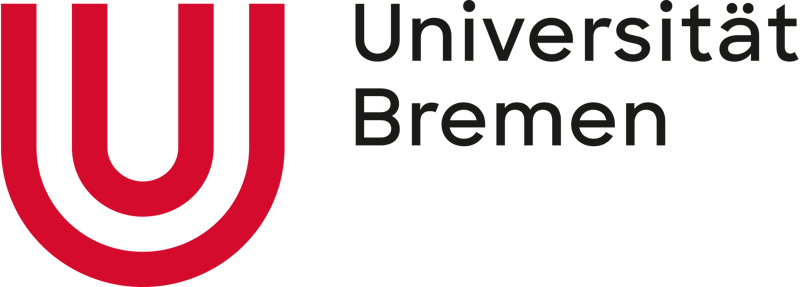Contemporary Russian trade unions operate under increasingly repressive conditions, with the state-aligned FNPR dominating formal representation while smaller, activist-led unions like the CLR and autonomous groups struggle to defend labor rights. Despite bans on strikes and foreign affiliations, alternative protest tactics and isolated labor actions still yield some victories.
Unions in contemporary Russia
The Federation of Independent Trade Unions of Russia (FNPR) was established in 1991 on the basis of the Soviet trade unions. It inherited their vast assets, ranging from sanatoriums in the Caucasus and on the Black Sea coast to hotels in Moscow, among many others, as well their membership base. In 1991, the FNPR had 54 million members. Currently, the FNPR website suggests that its current membership has reduced to 13 million. Still, the FNPR retains an important role in Russia as the legal representative of workers in the Tripartite Commission under the Russian government and is the only representative of workers in the regional tripartite commissions. The FNPR consists of 36 sectoral trade unions, and its structures operate in all regions of Russia. It has consistently supported Boris Yeltsin and Vladimir Putin.
In addition, there exist ‘free’ trade unions. The largest and most influential of these is the Confederation of Labor of Russia (CLR), which unites just over one million people registered primarily under trade unions for seafarers, air traffic controllers, and pilots, as well as smaller free trade unions for teachers, doctors, and industrial workers, totaling about twenty sectoral organizations.
The Confederation was established in 2011 and has always used the activist methods of struggle, including supporting strikes and organizing solidarity campaigns. The CLR is a member of the tripartite commission under the Russian government, which gives it an important official status. At the very beginning of the ongoing invasion war in Ukraine, the CLR issued a statement calling for a peaceful resolution the conflict. One of the factors that has enabled CLR’s resilience is its involvement in the international trade union movement, particularly with BRICS countries, which are seen as friendly at the Kremlin.
Among the autonomous unions that are not part of the CLR, there exist also unions of the self-employed, such as ‘Courier’ which organizes delivery workers in Moscow, Sochi, and other regions. Courier has led successful campaigns for higher wages, the abolition of fines, and ensuring provision of work clothes, until it was crushed by the police. The union leader received a prison sentence for "illegal rallies." CLR helped in his release.
The degradation of labor protections
The first major reform carried out by Vladimir Putin introduced radical changes to labor legislation (2001). With the new Labor Code, the rights of trade unions were drastically reduced, strikes were effectively banned, and the scope of fixed-term contracts was expanded – to the detriment of formalized work and labor protections. Among other changes, unions representing fewer than 50% of a company’s or organization’s employees lost the right to negotiate collectively with those employers.
In 2004 and 2011, two new pieces of legislation were passed – Bills N122-ФЗ of 22.08.2004 and N238-ФЗ of 18.07.2011 – that dismantled the rules governing wages in the public sector, including healthcare and education. The share of salaries was reduced to symbolic levels, and more than half of earnings were generated through bonuses with unclear rules. For example, school and hospital principals were given the authority to arbitrarily set the salary for each individual employee.
In 2003, the FNRP signed a strategic partnership agreement with the United Russia party and supported all its legislative initiatives, including the aforementioned ban on strikes and the transition to a bonus-based salary system. Until recently, the FNPR maintained internal autonomy, but in 2022, the General Prosecutors Office initiated an investigation into the privatization of trade union property. According to public estimates, up to 60% of the FNPRs property was transferred to private hands. Criminal cases investigations were also initiated launched. These scandals led to a change in the leadership of the FNPR. A graduate of the presidential administration's ‘School of Governors,’ who previously worked as a top manager for Russian Railways, was appointed as the new leader.
The FNPR’s complacency has contributed to a degradation of labor conditions and informalization of the labor market. Only 54.3 million of Russia's approximately 76 million working-age individuals are currently formally employed. Of these, at least 10 million people are employed only part-time. This practice is particularly common in agriculture, trade, and construction, where partial employment affects up to 80% of workers. This means that about a third of Russian workers are presently active in the ‘gray’ economy, hence left without labor protection. In Europe, only Bosnia and Herzegovina has a comparable level of gray employment.
The erosion of labor contracts in the real economy and the bonus system in the public sector – a a structured framework designed to reward employees based on performance and experience – are forcing workers to overwork. According to leading employment services, 65% of Russians work overtime, including 54% who work overtime on a regular basis. The average workweek for these individuals is 51 hours.
Wins and losses under a repressive regime
Since the start of the war, Russian authorities have intensified their pressure on workers and their organizations. Since 2020, rallies and pickets, including single-person pickets, have been effectively banned in Russia under the pretext of combating COVID-19. In 2022, the 8-hour workday at defense enterprises was effectively abolished. In 2023, the conditions for child labor were liberalized, and in 2023 and 2024, contacts with IndustiALL Global Union (a global federation of trade unions) and the International Transport Workers Federation were prohibited as ‘undesirable’ foreign agents, under the threat of criminal prosecution. This decision was a serious blow to Russia's transport unions, including pilots, air traffic controllers, and, most importantly, sailors.
Under these constraining conditions, free and autonomous unions have faced increased pressure. Several CLR members have been forced to leave the country, but overall, the CLR has managed to maintain its position in the face of significant political challenges and organized several campaigns to protect workers’ rights.
Nevertheless, both unions and workers continue to counter repressive policies in defense of workers’ rights. ‘Action,’ a healthcare workers’ union, has achieved a significant success in negotiating wages. As a result, this year, in several regions, the share of bonuses will be reduced in favor of salaries, and within two years, this should be done throughout the country.
Although strikes are legally banned, there have still been isolated cases in recent years. Strikes remain rare and therefore have a significant resonance. For example, in 2023, migrant Indian weavers in Moscow region, miners in the Kemerovo region, and workers at a car factory in Ulyanovsk went on strike. None of these mobilizations were led by unions, and most activist – majority of them of Indian origin – were subsequently dismissed by the employers; but still, some concessions were made after the strikes.
At the same time, other forms of protest, such as open video messages, threats of mass resignation, and online petitions, have become increasingly widespread. In some cases, these new formats for protesting have been successful. For example, two unions of flight personnel, one part of CLR and the other one autonomous, achieved a 30% increase in salaries in 2024 using these tactics. Additionally, workers at ambulance stations, organized under the ‘Action’ union, achieved a 40% increase in salaries in several regions.
Meanwhile, the government appears to have undertaken a new wave of reforms in labor legislation itself. In February 2025, the government approved the idea of doubling the possible overtime hours, effectively transitioning to a 9-hour workday. While this proposal has not been implemented yet, the labor market shortage in Russia is pushing the government to make this decision.
Outlook
Under the current political climate in Russia, the key strategies of trade unions to improve working conditions and workers’ rights under a panorama of labor shortage and liberalization include countering anti-worker amendments to the legislation, increasing worker participation in trade unions and activism, and advancing formal employment.
Given the repressive nature of the current regime, achieving all of these goals is unlikely and unions face multiple difficulties. At the same time, Russia’s free trade unions remain one of the few existing forms of democratic self-organization.








